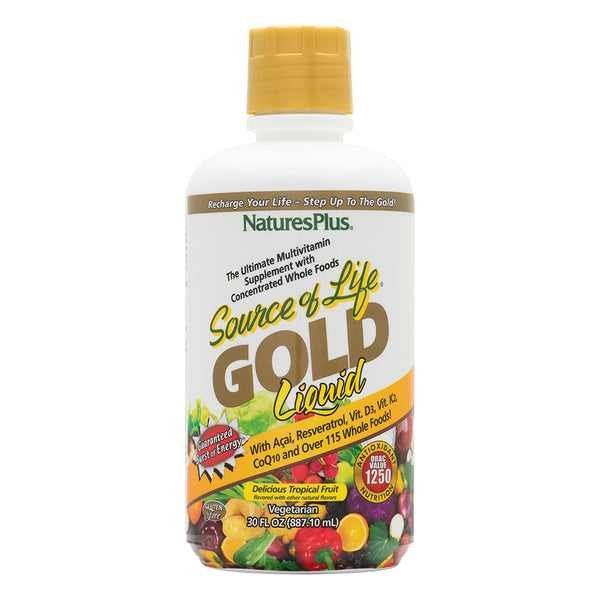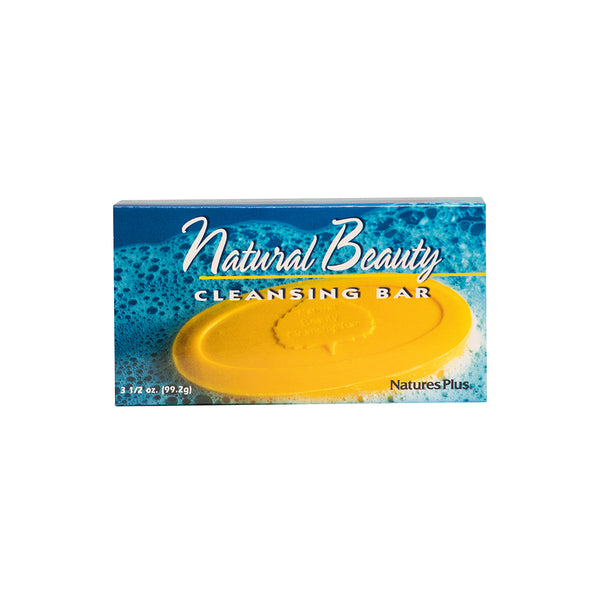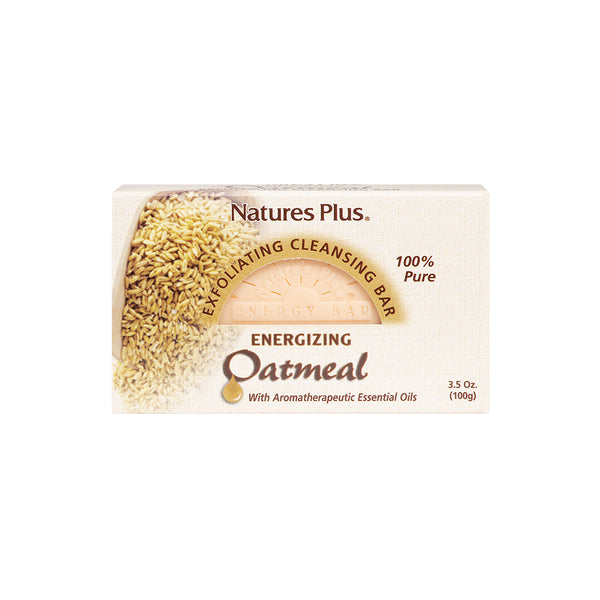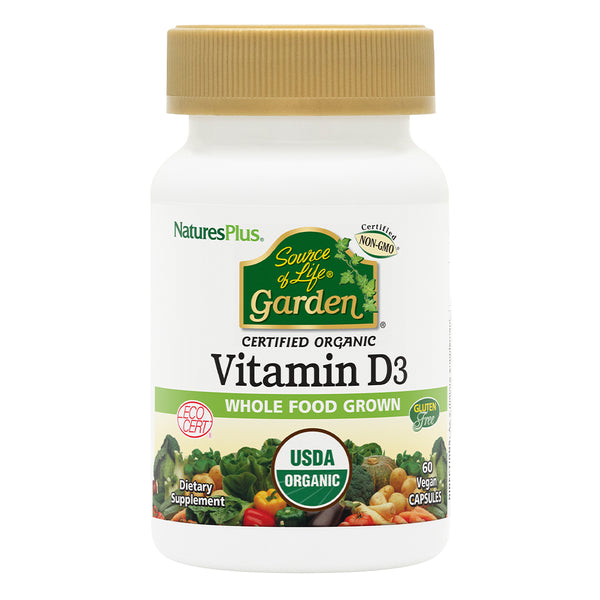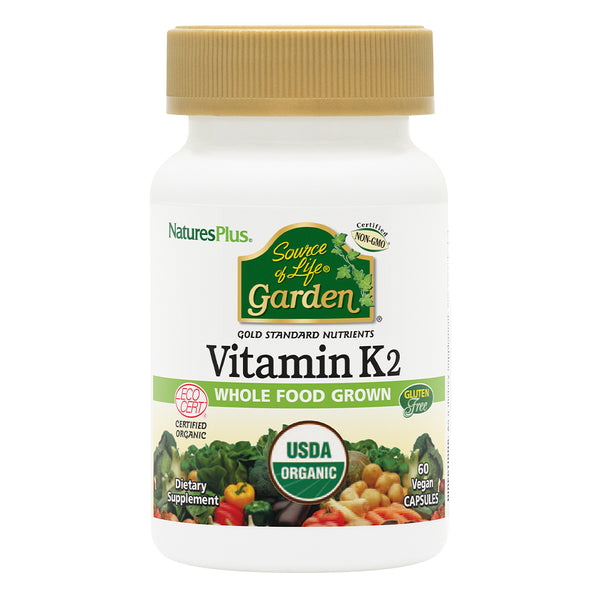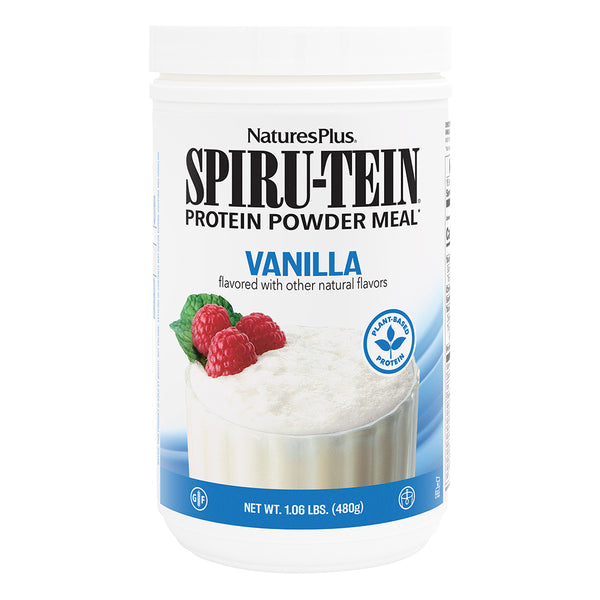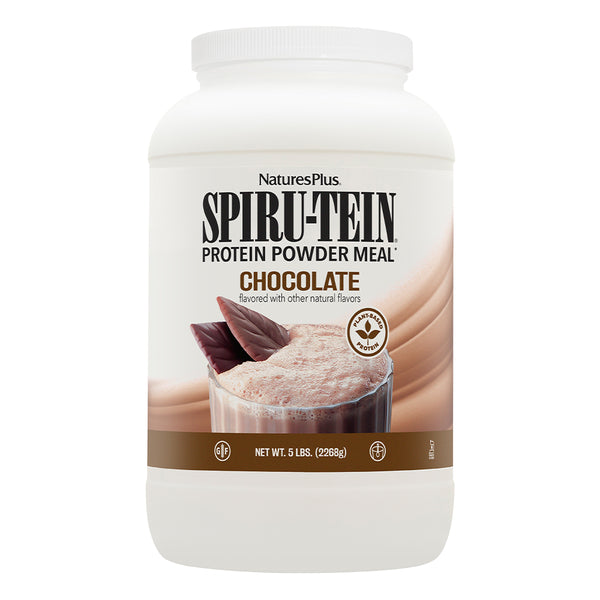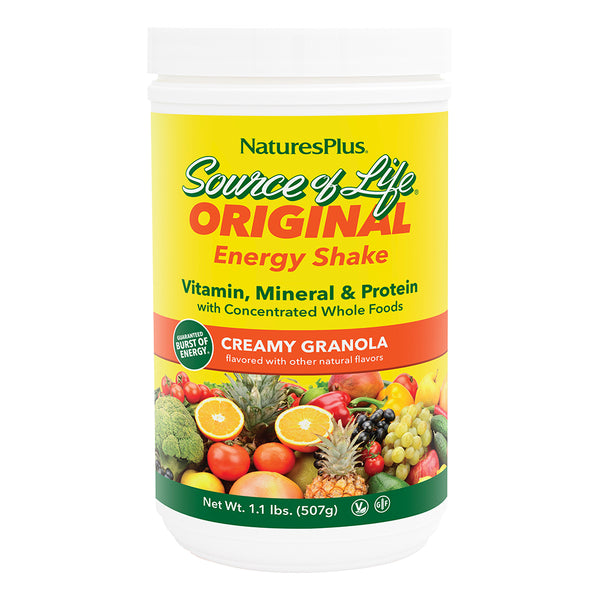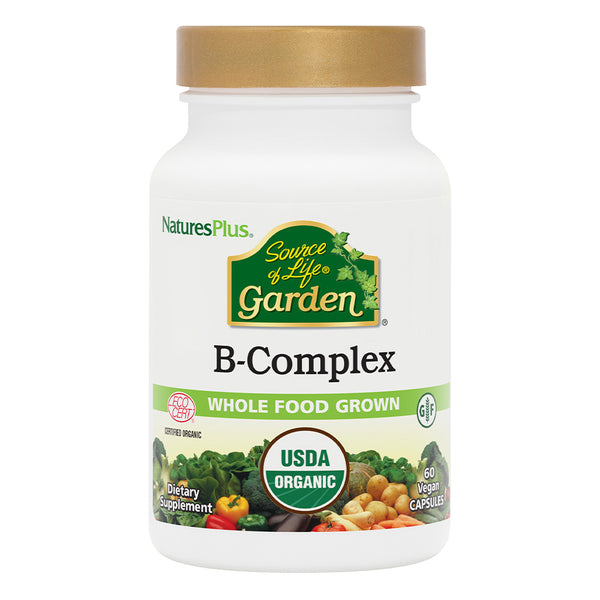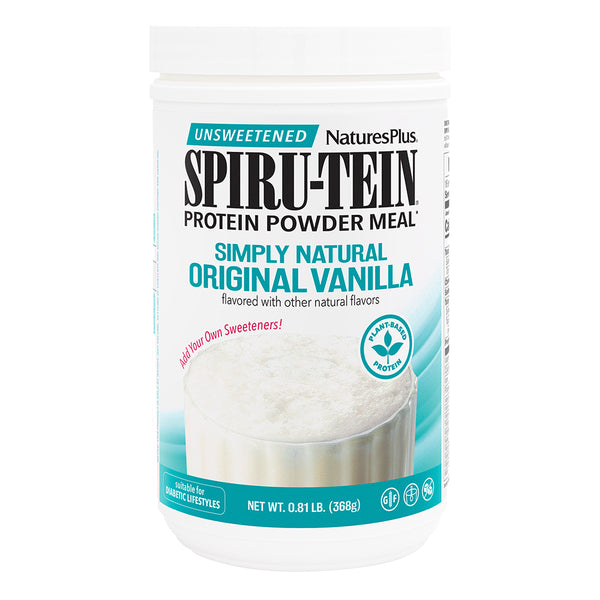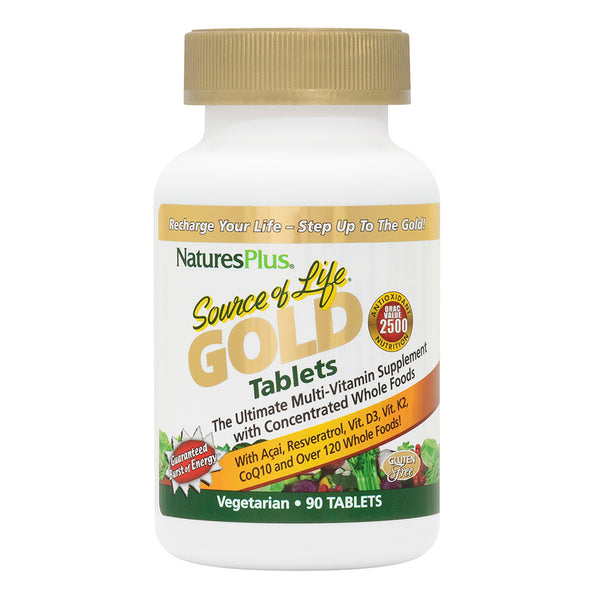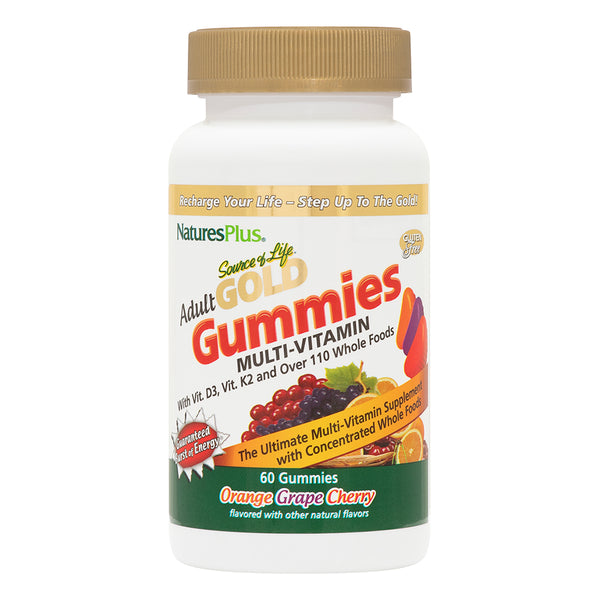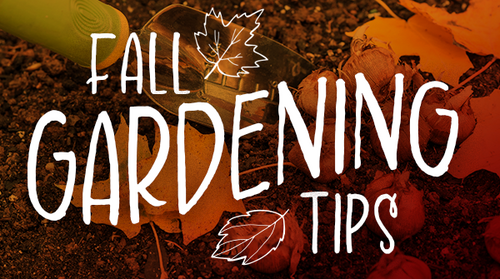Warm breezes and birds singing can only mean one thing to a gardener: It’s time to get out into the garden again. And one way to ensure a productive growing season is to follow this spring checklist.
Inspect the Garden and Make Repairs
The first tools you should bring to the garden shouldn’t be a shovel and a rake, but a pen and a notepad (plus your cellphone to take pictures).
“Put on your inspector’s hat,” advise the folks atProven Winners, which sells plants and planting supplies. “It’s time to see what happened in the garden while you were indoors all winter.”
Look for:
- Damage to sheds, fences, benches, trellises, raised garden beds and other types of fixed structures, or hardscaping
- The condition of patios, decks and window boxes
- Frost-heaved stepping stones or walkways
- Damage to plants caused by weather conditions (ice, snow, cold) or animals
- Damaged spots in lawns
This is a good time to address the hardscaping issues, before the perennials start coming out of winter dormancy, and to build new structures or garden beds. For items made of wood, add a fresh coat of paint, sealant or stain once the weather allows it; check the container or the manufacturer’s website.
In addition, “get your garden tools in tip-top shape,” suggests master gardener and author Stephanie Rose, who blogs atGarden Therapy. “Give them a good wipedown and inspect for rust on the tool heads.” She says you can remove rust by soaking in a 50/50 mix of water and vinegar before scrubbing with steel wool.
Other early-spring chores include:
- Inspecting and cleaning gutters
- Cleaning outdoor furniture
- Setting up hoses and rain barrels
- Checking automated sprinkler systems
- Cleaning bird feeders and baths
- Prepping water features such as ponds
- Cleaning out the shed
- Placing bulk orders for supplies such as compost, manure, mulch and soil
- Having your lawnmower blade sharpened
- Deciding which vegetables and annual flowers will be planted in which beds
Care for Trees, Shrubs and Perennials
Early spring is a good time to prune trees and shrubs.
First things first: Remove branches or wood that was damaged over the winter or is obviously dead.
After that, pruning becomes something of an art. Proven Winners provides adetailed guide, but offers the following quick tips:
- Shrubs in which the blooms appear on new wood, or the current year’s growth—think roses, butterfly bushes and hydrangeas—should be trimmed in the spring. Buds will form on the growth that will appear after pruning.
- Shrubs in which the blooms appear on old wood, or last year’s growth—such as azaleas, forsythia bushes and lilacs—should not be pruned in the spring because you may cut off this year’s buds (even if you can’t see them yet).
If you want to move shrubs, either evergreen or deciduous, you should do that, too. Moving plants while they’re still dormant is less stressful on them.
It’s also time to divide summer- and fall-blooming perennial flowers—such as lavender, phlox, coneflowers or daylilies—because either they’ve outgrown their space or the clumps have thinned out in the middle.
For perennials that need support, such as delphiniums or peonies, set out your rings, stakes or trellises now. It will be tough work once they’re up and growing.
Dead spots in your lawn? The time to reseed depends on air temperature:
- In cooler climates—where grasses such as bluegrass, fescue and ryegrass predominate—wait until temperatures are between 60° and 75°.
- In warmer climates—where species such as bahiagrass, Bermudagrass and Zoysia grow—wait until temps stay near 80° or higher.
Once you’re finished, put down a fresh layer of mulch around your trees and shrubs; this suppresses weeds, helps the soil retain moisture and just plain looks nice. To reduce the risk of disease or pest damage, be sure to not pile mulch against the plants’ trunks or stems.
Clean Up and Prepare Garden Beds
Now it’s time to tackle the garden beds:
- Clear out debris and old foliage. “Maintaining good hygiene in your garden beds will help to keep pests and diseases at bay,” notes Proven Winners.
- Have your soil tested every three to five years to check on your soil’s nutrient levels and pH (how acid or alkaline it is) through your state’scooperative extension service, which should explain how to prepare the sample. Amend your soil depending on the results (your local garden center can help).
- If you keep acompost heap, turn the pile (and keep turning it once or twice a week during the season); work any finished compost into the first inch of soil. Don’t have enough homemade? Either supplement with store-bought compost or “use well-seasoned manure to top-dress your garden beds,” advises Rose.
- Start weeding now—and keep weeding. As Rose notes, “The key to successful weeding is to start early in order to stay on top of it.”
Plant Early-Spring Seeds and Plants
The first rule of planting is knowing your area’s average last-frost date; contact your co-op extension or go to thismap. (Anothermap shows USDA hardiness zones, which will provide your area’s average minimum temperatures. This will help you determine which perennials and hardwoods can survive your area’s winters.)
The second rule of planting is knowing which plants thrive in cooler or warmer soil.
Early spring is the time to plant cool-weather annuals and vegetables such as:
- Beet
- Broccoli
- Brussels sprout
- Cabbage
- Calendula
- Cornflower
- Forget-me-not
- Kale
- Lettuce
- Onion
- Pansy
- Pea (both ornamental and edible varieties)
- Petunia
- Potato
- Radish
- Snapdragon
- Spinach
- Turnip
Hold off on planting such warm-weather favorites as:
- Bean (lima and snap)
- Begonia
- Blanket flower
- Celosia
- Corn
- Cucumber
- Dahlia (perennial in hardiness zone 8 or higher)
- Eggplant
- Lantana
- Marigold
- Melon (all varieties)
- Pepper (hot and mild varieties)
- Salvia
- Squash (summer and winter)
- Sweet potato
- Tomato
- Zinnia
If you’re not sure, check the seed packet or the stake that comes with store-bought plants.
Be Ready for Cold Snaps
Even cool-loving plants won’t enjoy frosty weather once their buds start to emerge. That means you should have coverings at the ready:
- For light frosts, use old blankets or sheets. (If you don’t like the way that looks, you can buy spiffy-looking row covers.)
- If the forecast calls for freezing temperatures, cover the cloth with a tarp or plastic sheeting. To avoid damage from frozen condensation, never lay plastic directly on plants.
Plant your warm-weather varieties only after the threat of frost completely passes—and don’t forget to put your houseplants outside to enjoy the balmier temperatures.
Like this article? You’ll love our weekly newsletter
sign up here!
**These statements have not been evaluated by the Food and Drug Administration. This product is not intended to diagnose, treat, cure or prevent any disease.






